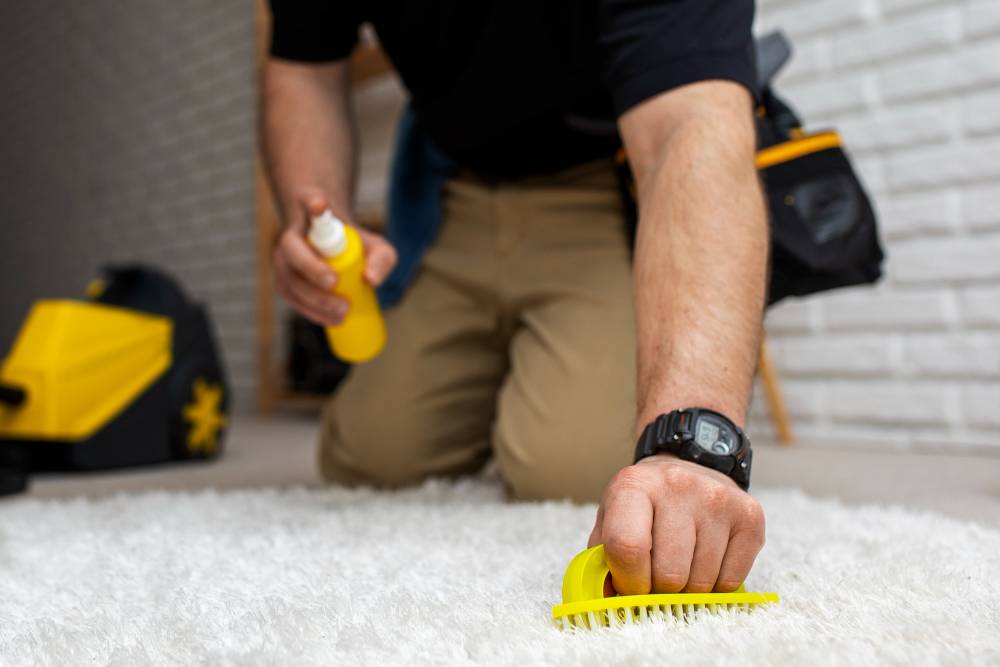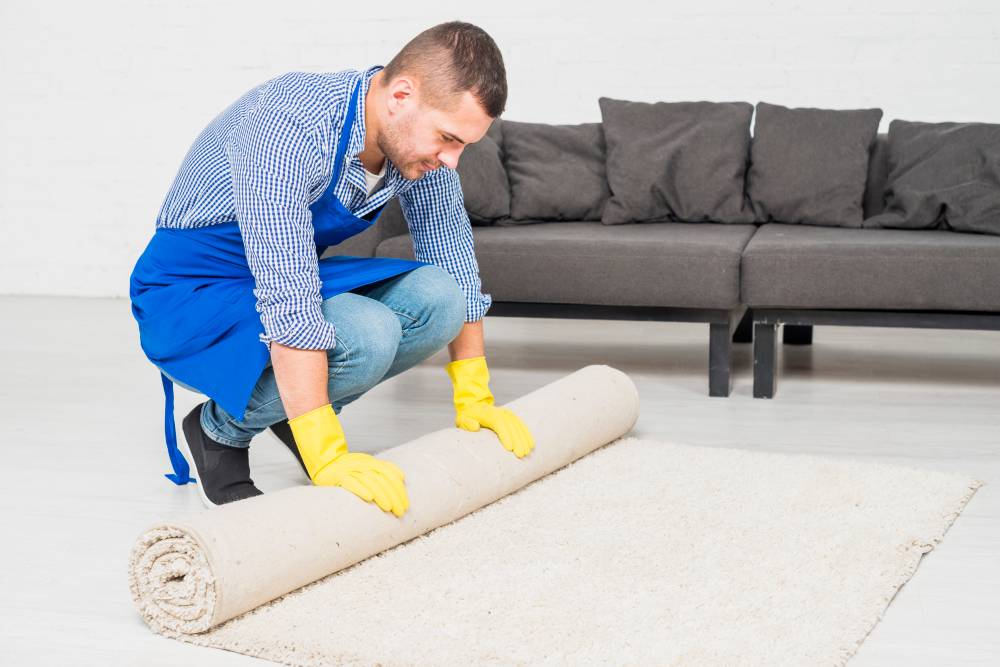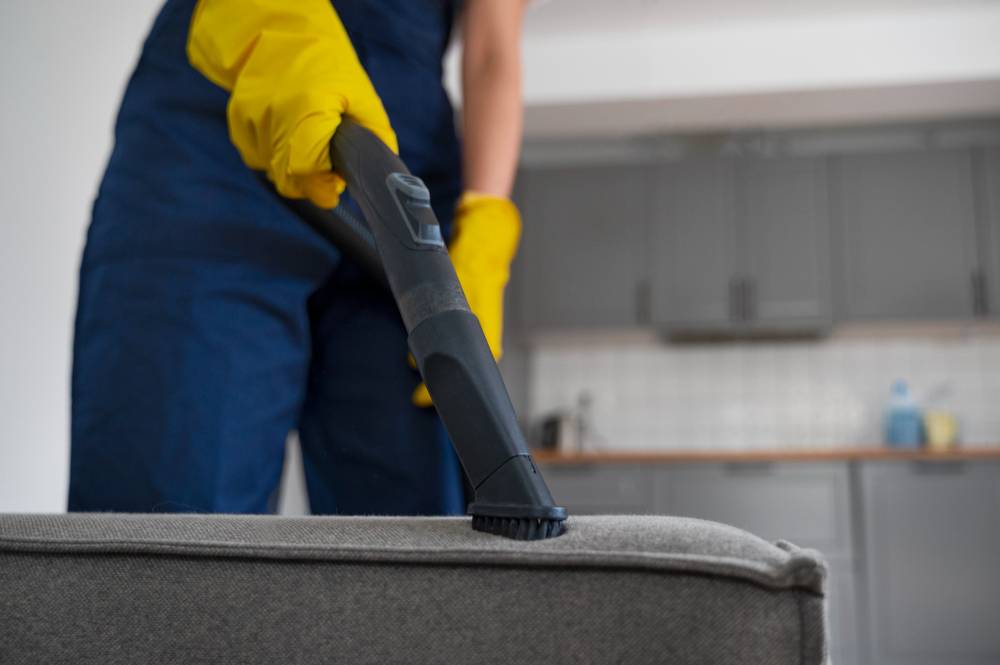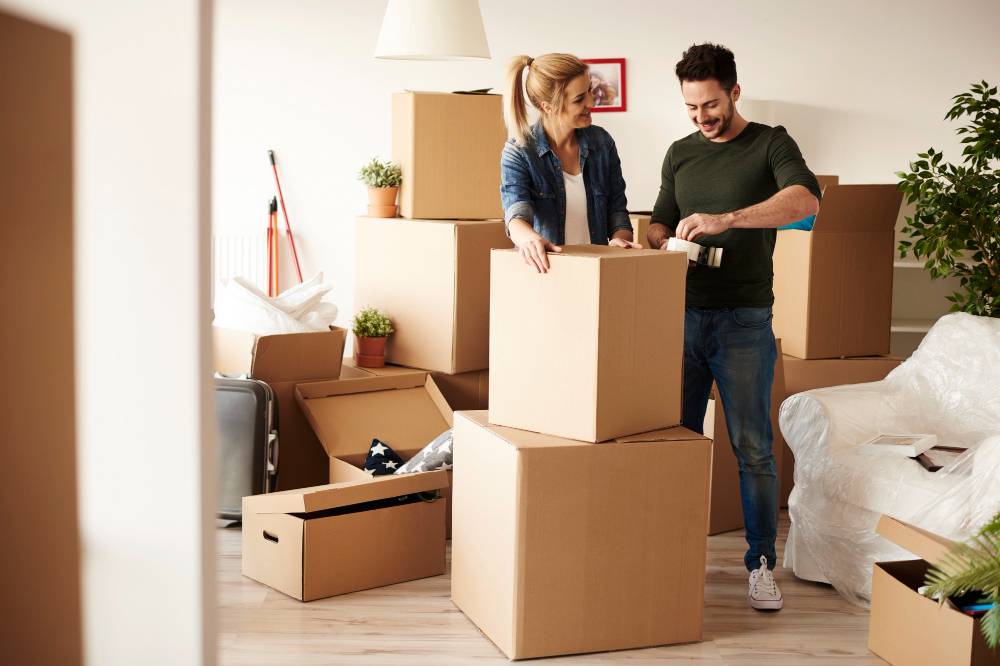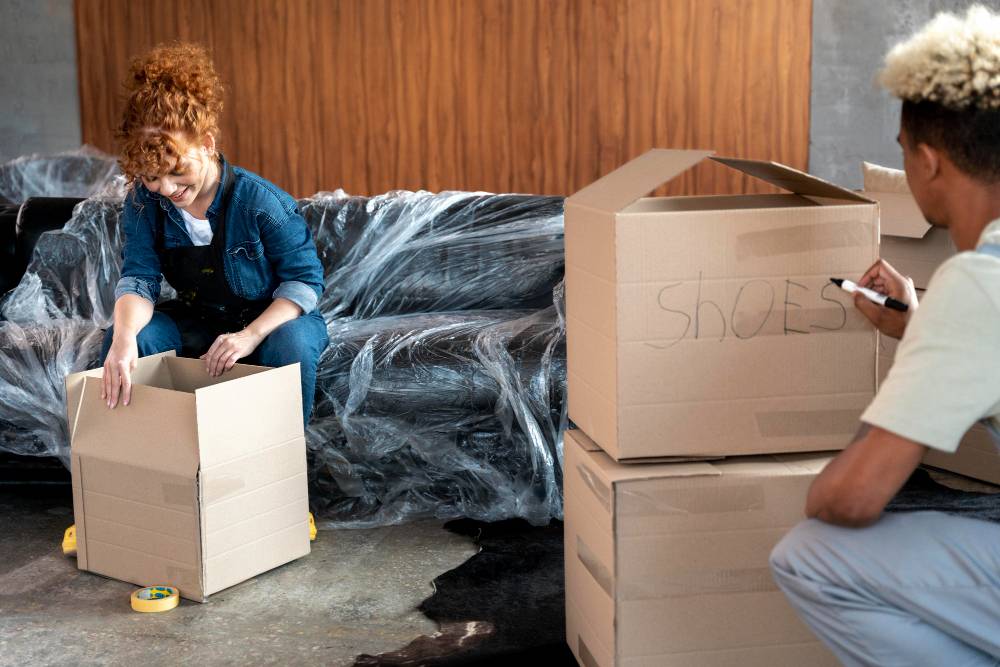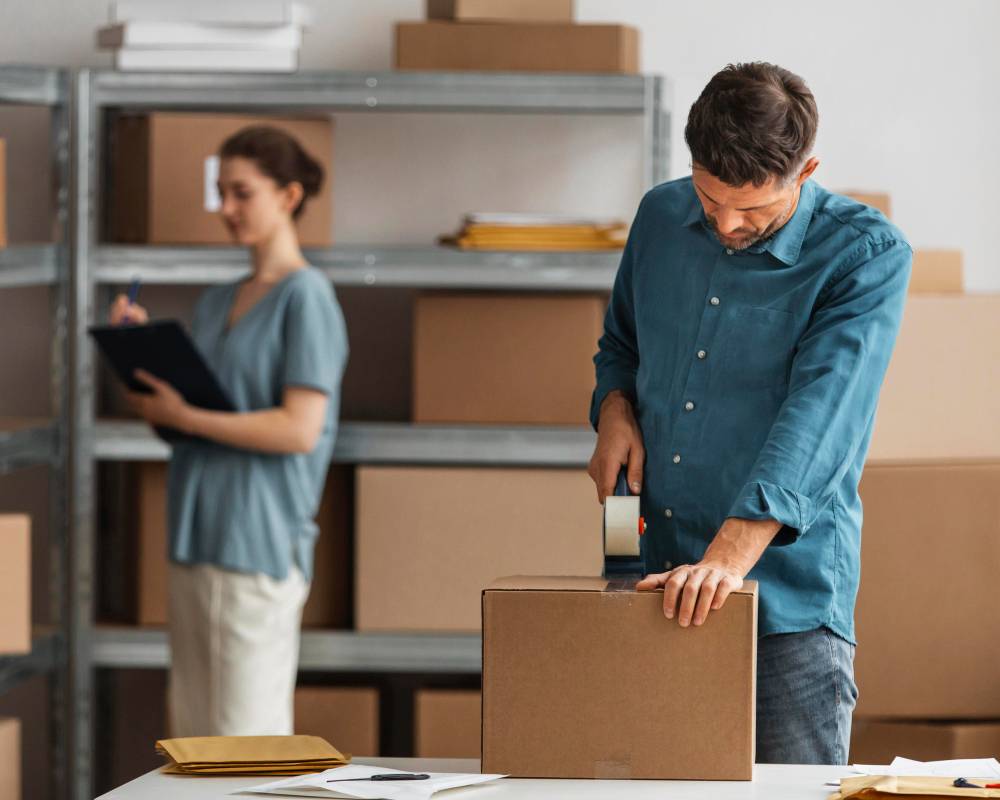Maintaining carpets and floors is more than just about appearance; it’s essential to extending their lifespan, improving the environment’s safety, and ensuring a clean and hygienic space.
Whether it’s the carpeted areas in a home or the hardwood floors in a commercial office, proper maintenance plays a significant role in protecting your investment.
This detailed guide explores the best practices for keeping your carpets and floors pristine, backed by analytical insights and expert recommendations.
Why Carpet & Floor Maintenance Matters?
Carpets and floors endure daily wear and tear, from foot traffic to spills and environmental factors. Proper maintenance ensures:
- Longevity: Regular care prevents premature wear, saving you money on replacement costs.
- Aesthetic Appeal: Well-maintained surfaces enhance the overall look and feel of a space.
- Hygiene: Clean floors reduce allergens, bacteria, and dirt accumulation, contributing to a healthier indoor environment.
- Safety: Addressing issues like slippery floors or worn-out carpets minimizes the risk of accidents.
A strategic maintenance plan is necessary to achieve these benefits, focusing on both routine care and preventive measures. Research from facility management studies consistently demonstrates that professional maintenance can extend the lifespan of flooring materials by up to 60%, representing substantial cost savings for organizations.
Pro Tips for Carpet Maintenance
1. Vacuum Regularly
Vacuuming is the cornerstone of carpet care. It removes dirt, dust, and debris that can settle into the fibers and cause damage over time.
- Frequency: High-traffic areas should be vacuumed daily, while less-used spaces can be cleaned 2-3 times a week.
- Technique: Use slow, overlapping strokes to ensure thorough cleaning, and focus on high-traffic zones.
- Equipment: Use a vacuum with HEPA filters for improved air quality.
2. Address Stains Immediately
Prompt action is crucial to prevent stains from setting into the carpet fibers.
- Blot, Don’t Rub: Use a clean, absorbent cloth to blot the spill. Avoid rubbing, as it can spread the stain.
- Use the Right Cleaner: Choose a stain remover suitable for the specific type of carpet and stain. Test it on a small, hidden area first.
- Common Remedies: For simple stains like coffee or juice, a mixture of warm water and mild dish soap can be effective.
3. Schedule Professional Cleaning
Deep cleaning removes dirt and allergens embedded in the carpet fibers.
- Frequency: Aim for professional cleaning every 12-18 months, or more frequently in high-traffic or commercial settings.
- Methods: Steam cleaning (hot water extraction) and dry cleaning are popular options, depending on the carpet type.
Pro Tips for Floor Maintenance
1. Clean Daily
Dirt and debris can scratch hard floors, dulling their shine over time.
- Sweeping: Use a soft-bristle broom or a microfiber dust mop to remove dirt.
- Vacuuming: For hard floors, use a vacuum with a hard floor setting to avoid scratches.
2. Use Appropriate Cleaning Products
The wrong cleaning products can cause damage, discoloration, or residue buildup.
- Wood Floors: Avoid water-based cleaners and opt for products designed for hardwood.
- Tile Floors: Use a neutral pH cleaner to prevent damage to the grout.
- Vinyl Floors: Choose non-abrasive cleaners to maintain the surface finish.
3. Protect Against Wear and Tear
Furniture and footwear can cause significant damage to floors if precautions aren’t taken.
- Furniture Protection: Use felt pads under furniture legs and avoid dragging heavy items.
- Footwear: Encourage the use of slippers or soft-soled shoes indoors, and place mats at entryways to trap dirt.
4. Refinish Periodically
Refinishing restores the shine and protective coating of hard floors.
- Wood Floors: Reapply a protective sealant every few years to prevent scratches and water damage.
- Tile Floors: Consider professional polishing to restore their luster.
Seasonal Maintenance Considerations
Different seasons bring unique challenges for carpet and floor maintenance:
- Winter: Use extra mats to trap snow, ice, and salt residue. Clean these mats regularly to prevent buildup.
- Spring: Deep clean carpets to remove allergens and dirt accumulated during the winter months.
- Summer: Control humidity levels to prevent warping of hardwood floors.
- Fall: Inspect floors for damage and schedule refinishing or professional cleaning if needed.
Common Mistakes to Avoid
- Using Too Much Water: Excess water can damage wood floors and weaken carpet adhesives.
- Skipping Regular Maintenance: Prolonged neglect leads to more expensive repairs or replacements.
- Using Harsh Chemicals: Abrasive cleaners can strip protective coatings and damage the surface.
- Ignoring Furniture Pads: Failing to use furniture pads can result in scratches and dents.
Conclusion
Carpet and floor maintenance requires a combination of regular care, preventive measures, and occasional professional assistance.
By implementing these pro tips, you can ensure that your flooring remains in excellent condition, enhancing the longevity, safety, and beauty of your space.
Remember, consistent maintenance not only saves money but also improves the overall environment, making your home or office inviting and comfortable.
